Industrial materials inspire Oneseo Choi’s furniture collection
Our Next Generation 2022 showcase shines a light on 22 outstanding graduates from around the globe, in seven creative fields. Here, we profile Oneseo Choi, a furniture design graduate from Hanyang University, South Korea
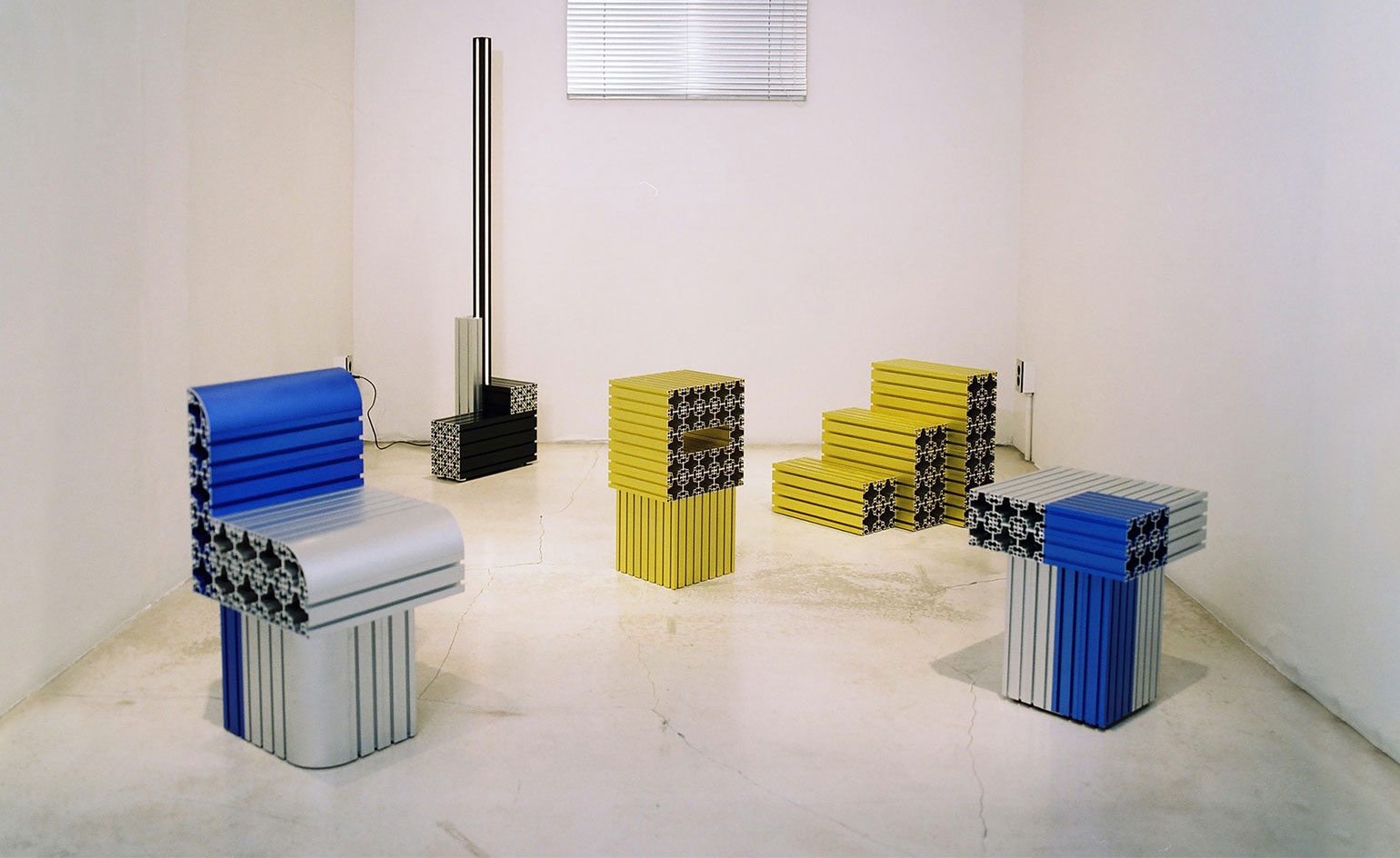
Originally from the industrial city of Suwon, South Korea, designer Oneseo Choi recalls growing up surrounded by skyscrapers and building sites, a recurring view that shaped his aesthetic and approach to design.
‘The main inspiration of my work comes from my relationship with nature. In particular, for me, nature is recognised as the buildings and construction sites in the industrial city where I grew up,’ he explains. ‘Due to this influence, industrial materials are used as major materials for my work.’
‘Pattern of Industry’ furniture series by Oneseo Choi
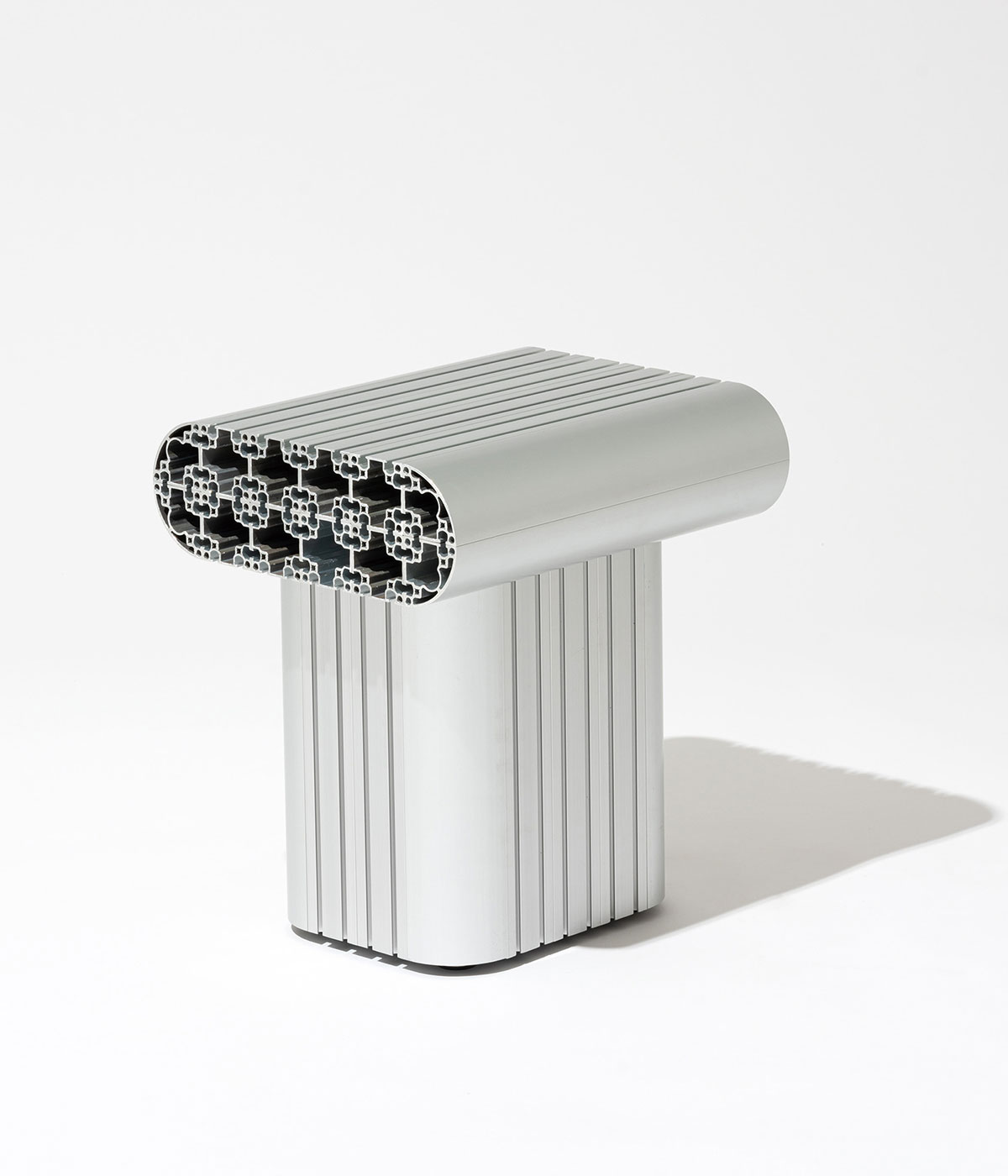
As a student on the Technoproduct design course at Hanyang University, Seoul, Choi spent two years developing a body of work inspired by the industrial milieu of his upbringing. The ‘Pattern of Industry’ series comprises furniture designs such as benches, vases, lamps, chairs, tables and plinth-like multi use structures.
The collection is a demonstration of Choi’s approach to design: his works, he explains, start from exploring the physical and aesthetic properties of a material, and developing a function and shape from there.
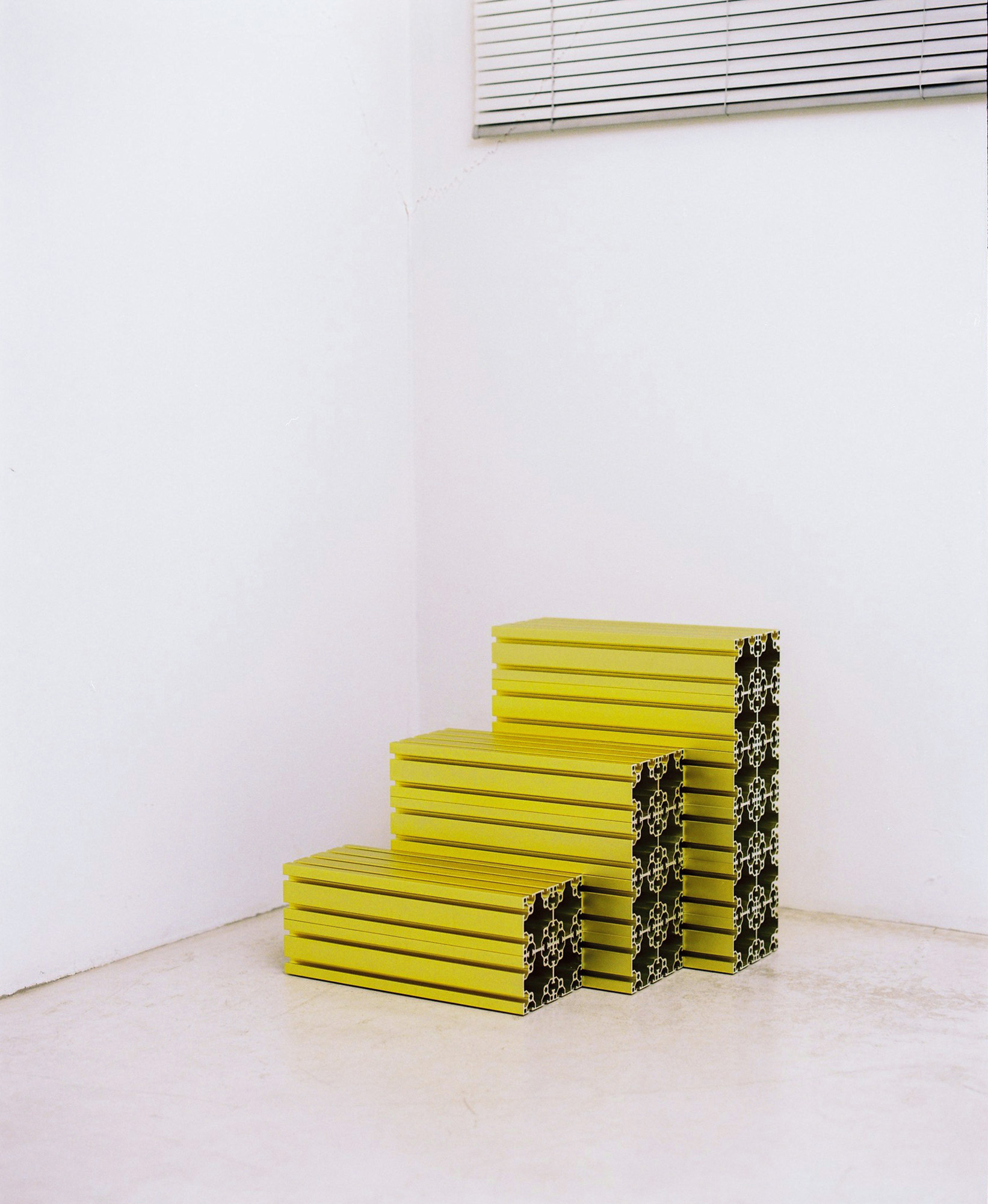
The pieces in ‘Pattern of Industry’ are made from aluminium profiles (often appearing in compositions of yellow, blue and black tinted material, or combined with glass and wood), used both to build the furniture’s structure and surfaces and as decoration, as their edges become the starting point for a distinctive pattern running through the collection.
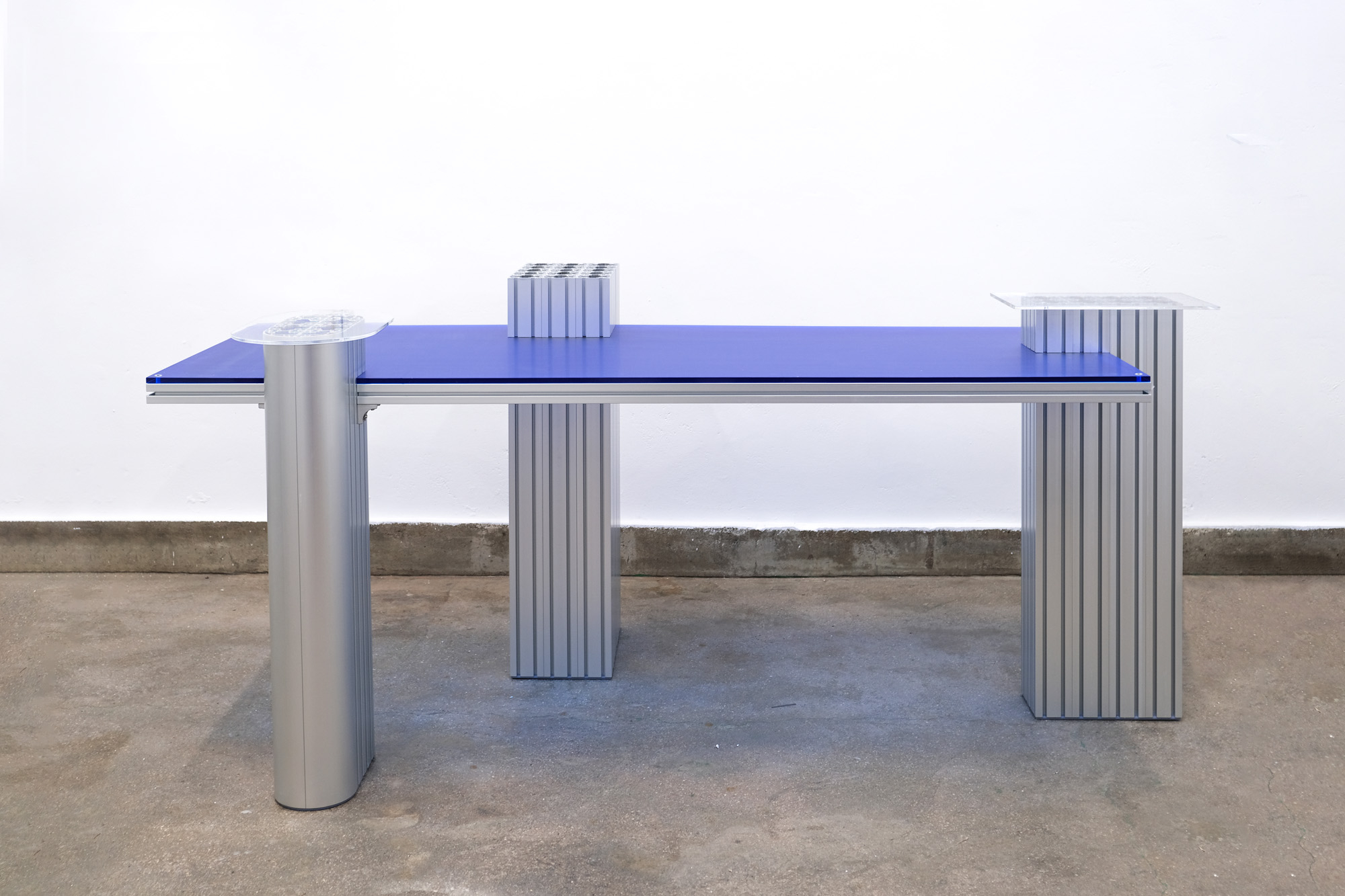
The modular furniture design, the designer explains, convert aluminium elements used throughout industrial sites ‘into a new aesthetic substance’. The simple construction of each piece is enlivened by the geometric motifs of the cross-section profiles.
‘The project offers scalability, as the pieces are designed by assembly method,’ adds Choi. ‘A functional advantage of aluminium profiles.’
Receive our daily digest of inspiration, escapism and design stories from around the world direct to your inbox.
Dream collaborator: I would like to collaborate with brands or artists related to music and fashion.
NFORMATION
oneseochoi.com
instagram.com/oneseo
Our Next Generation showcase of outstanding new talents appears in the January 2022 issue of Wallpaper* (W*273). Subscribe today!
Rosa Bertoli was born in Udine, Italy, and now lives in London. Since 2014, she has been the Design Editor of Wallpaper*, where she oversees design content for the print and online editions, as well as special editorial projects. Through her role at Wallpaper*, she has written extensively about all areas of design. Rosa has been speaker and moderator for various design talks and conferences including London Craft Week, Maison & Objet, The Italian Cultural Institute (London), Clippings, Zaha Hadid Design, Kartell and Frieze Art Fair. Rosa has been on judging panels for the Chart Architecture Award, the Dutch Design Awards and the DesignGuild Marks. She has written for numerous English and Italian language publications, and worked as a content and communication consultant for fashion and design brands.
-
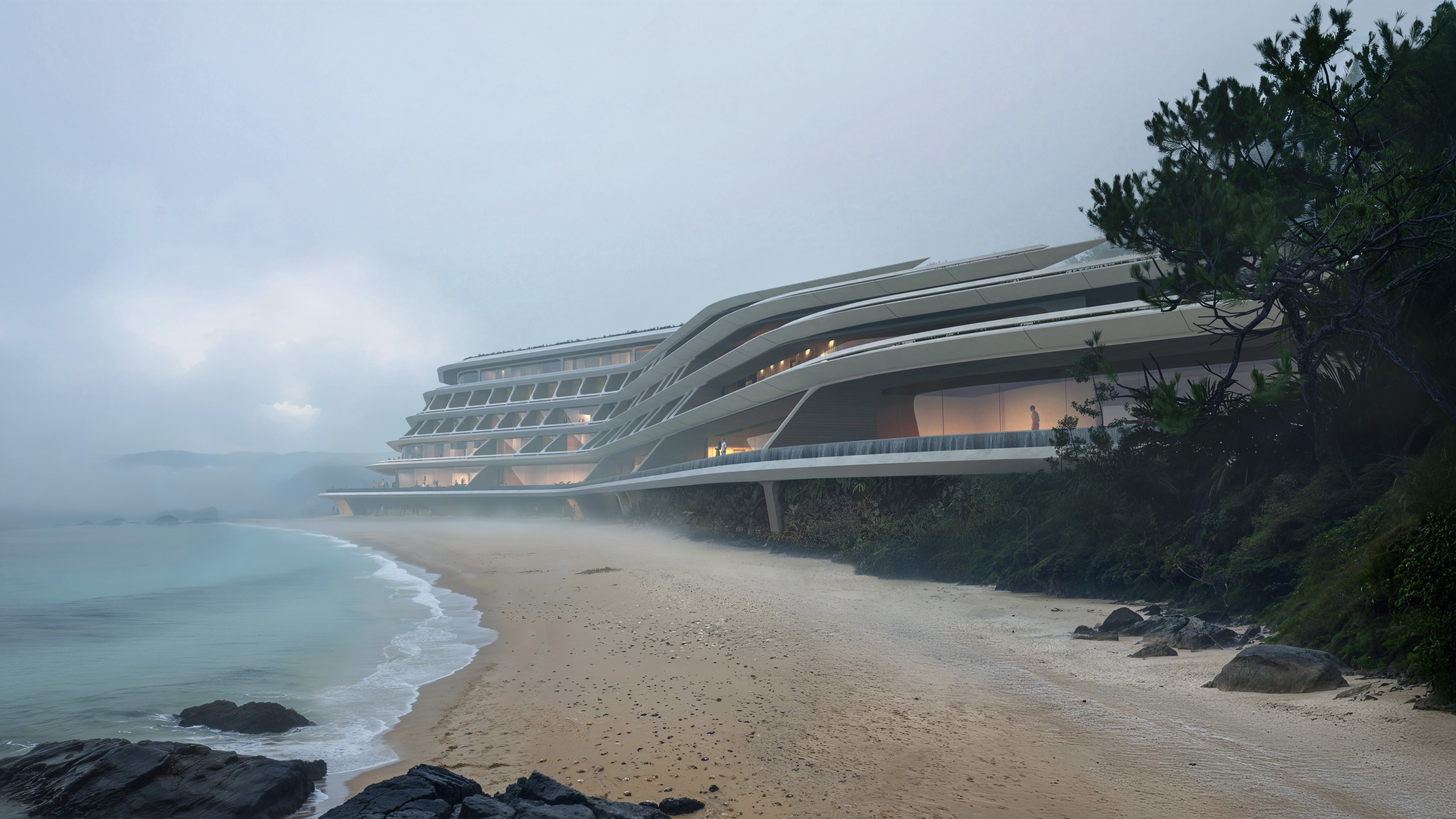 Curvilinear futurism meets subtropical beaches at Not A Hotel’s ZHA-designed Okinawa retreat
Curvilinear futurism meets subtropical beaches at Not A Hotel’s ZHA-designed Okinawa retreatZaha Hadid Architects has revealed the design for the first property in Not A Hotel’s futuristic new Vertex collection, coming soon to southern Japan
-
 Gorden Wagener leaves the helm of Mercedes-Benz design after 28 years with the company
Gorden Wagener leaves the helm of Mercedes-Benz design after 28 years with the companyThe German designer is stepping down from the role of chief design officer at Mercedes-Benz. We look back at his influence and impact on the world of automotive and luxury design
-
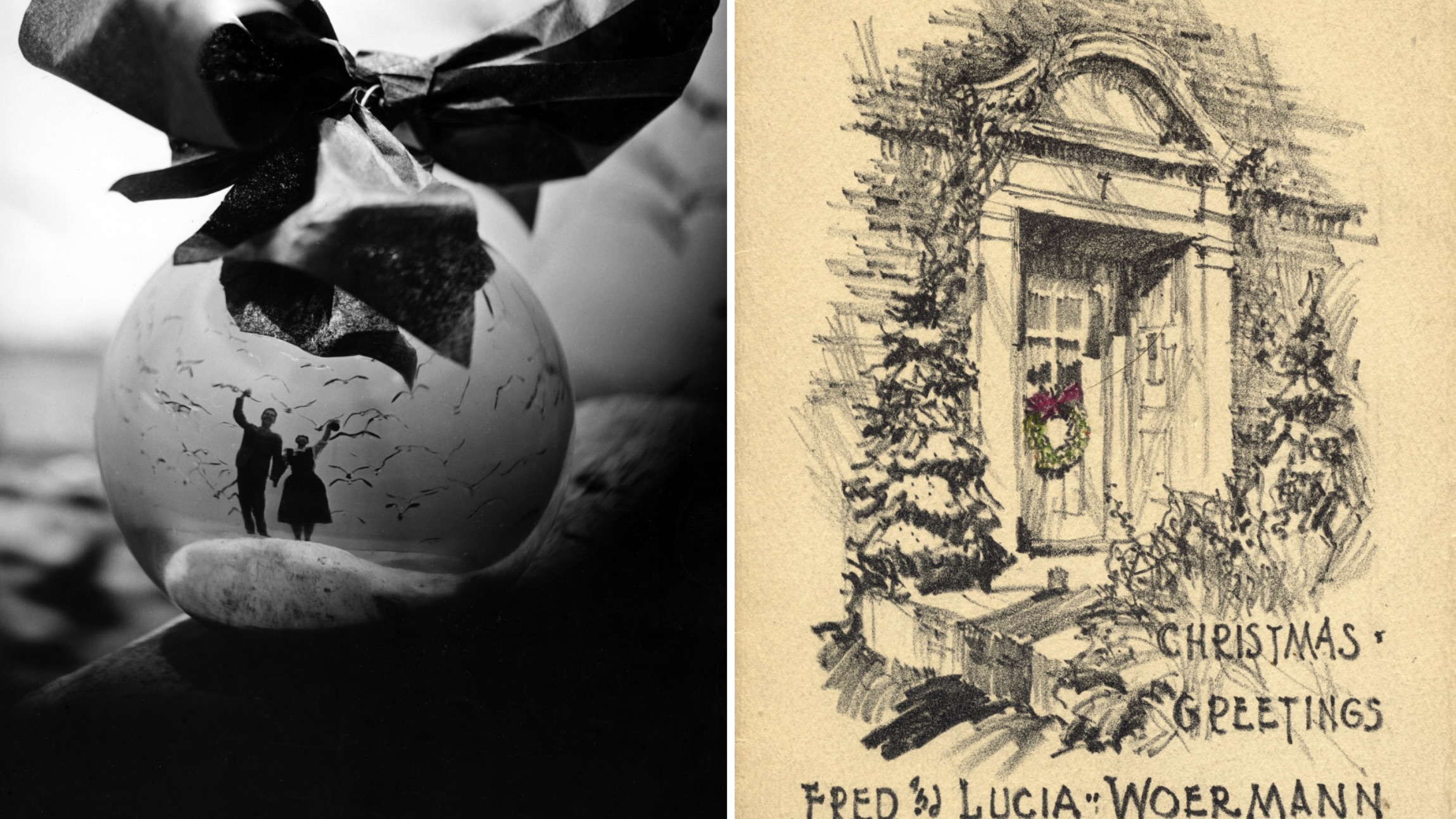 These Christmas cards sent by 20th-century architects tell their own stories
These Christmas cards sent by 20th-century architects tell their own storiesHandcrafted holiday greetings reveal the personal side of architecture and design legends such as Charles and Ray Eames, Frank Lloyd Wright and Ludwig Mies van der Rohe